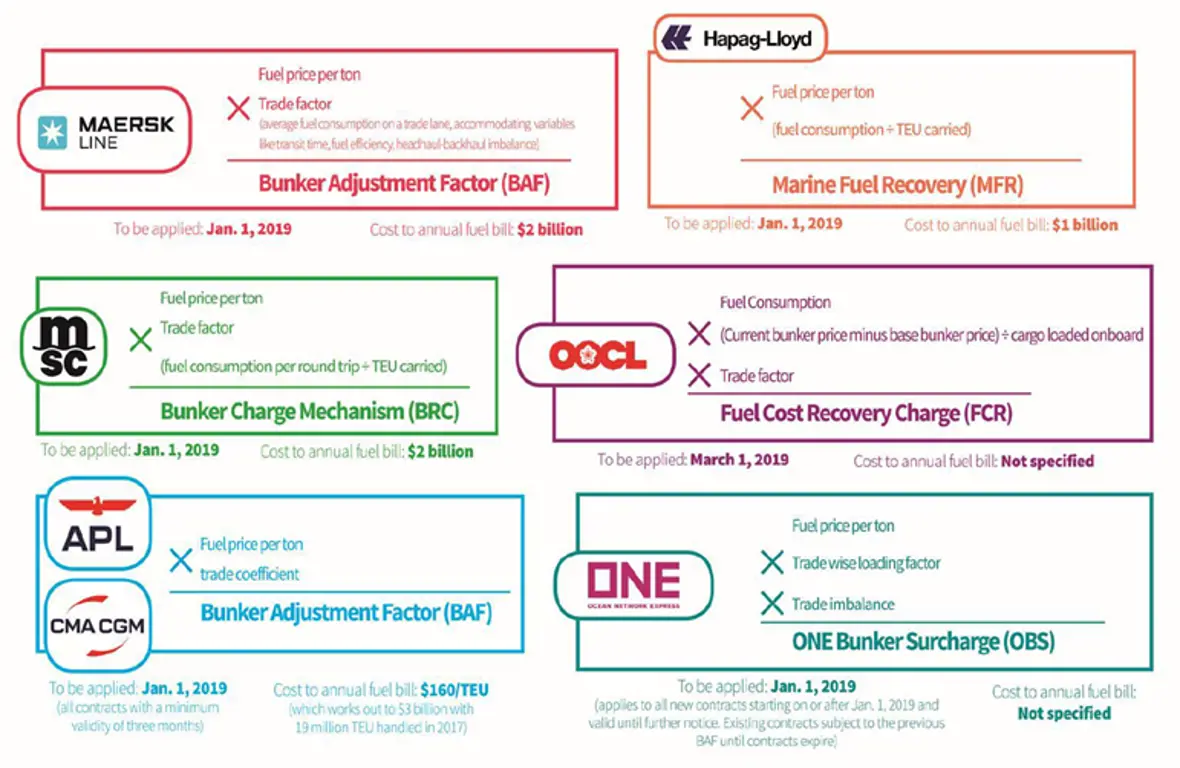Get in touch
Eva Brasar
Corporate Vice President Global Head of Ocean Freight
email meNews
29 Mar, 2019

With less than a year away until the change, refinery investments and ship scrubber installations still appear insufficient. Compliance measurements are unclear - compliance is harder to enforce in open seas than in coastal areas and full compliance in some parts of the world is unrealistic.
The IMO 2020 Sulphur cap leaves the carriers with 3 options
The LNG solution is probably the best solution in terms of environmental footprint reduction, but replacing current fleet with LNG vessels will take decades and consequently it is not an option as a single, short-term solution.
Furthermore, strengthening crude demand due to the geo-political climate (Iranian crude sanctions, falling Venezuelan output and instability in Yemen and Syria and tense relations between the US and Saudi Arabia) account for rapid rise in bunker.
The compliance impact estimates that 300 vessels are expected to be fitted with scrubbers in 2019, which will result in a capacity reduction of 170,000 teus at any one point in time.
IMO 2020 message from the carriers
The estimated cost to comply with the IMO 2020 for the shipping industry is USD 60 billion. The estimated impact on the container shipping industry is USD 15 billion, which is believed to land at an average cost of USD 160 per teu. However, this will be further defined.
All carriers are sending the same message;
The LSS cost will be introduced during Q4, 2019, since the vessels will have to fuel up prior to Jan 1st depending on route and whereabouts. The IMO regulation will be in place as of Jan 1st, and all vessels sailing from that date have to be compliant with the IMO 2020 regulation.
No transparent calculation yet
There is no standard concept for the cost calculation of the Low Sulphur implementation. Each carrier has developed its own calculation based on consumption, actual port prices, distance & transit time, variable speed, trade-lane fleets and ECA/SECA exposure. We are working together with our suppliers to receive a fair, accurate and transparent reimbursement model of the cost.
Below please see copies of the calculations various lines are presently presenting.

